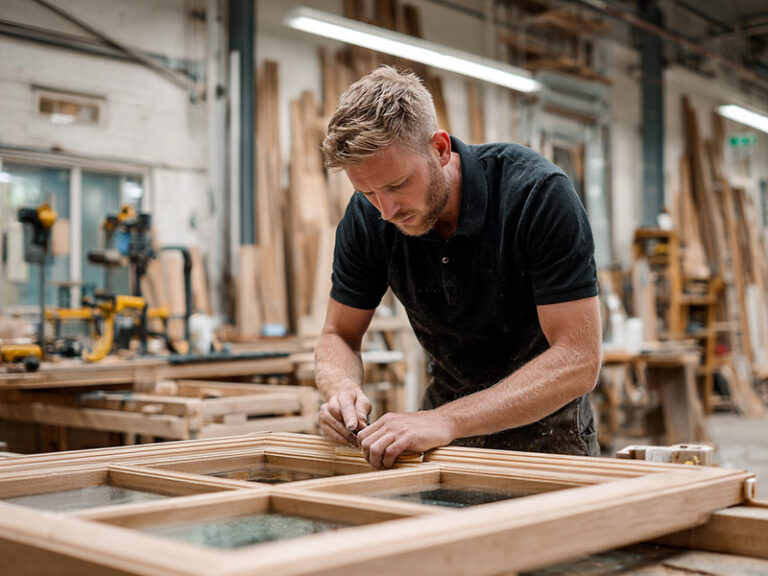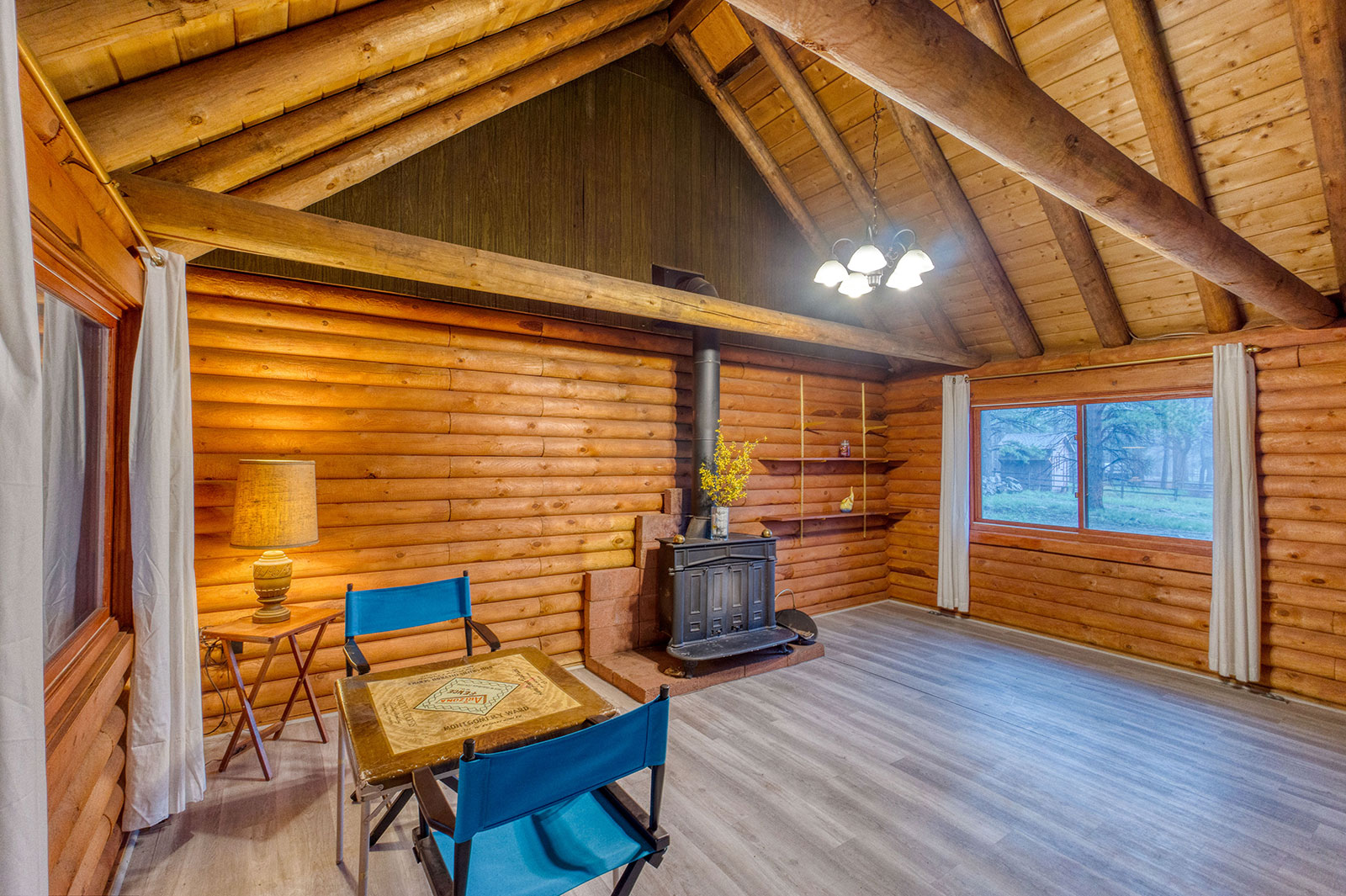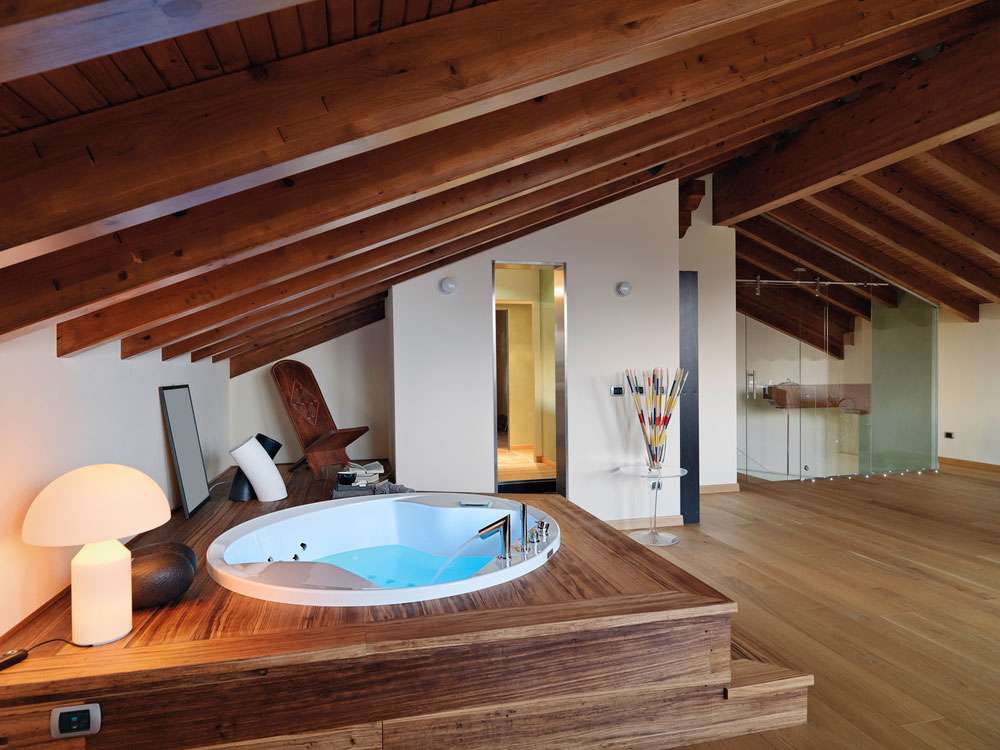Sash Window Parts: Understanding the Design, Components and Mechanism
If you’ve ever admired the elegant movement of a sash window, you’ve witnessed centuries of design refinement at work. These windows aren’t just attractive; they’re a clever example of balance, proportion, and craftsmanship. Whether you’re maintaining traditional timber windows or exploring how they’re built, understanding the parts of a sash window is the best place to start.
In this guide, we’ll walk through the sash window components, explain the sash window mechanism, and look at how both traditional and modern systems function. Think of this as the written version of a sash window parts diagram, a clear breakdown of every detail that makes these windows glide so smoothly.
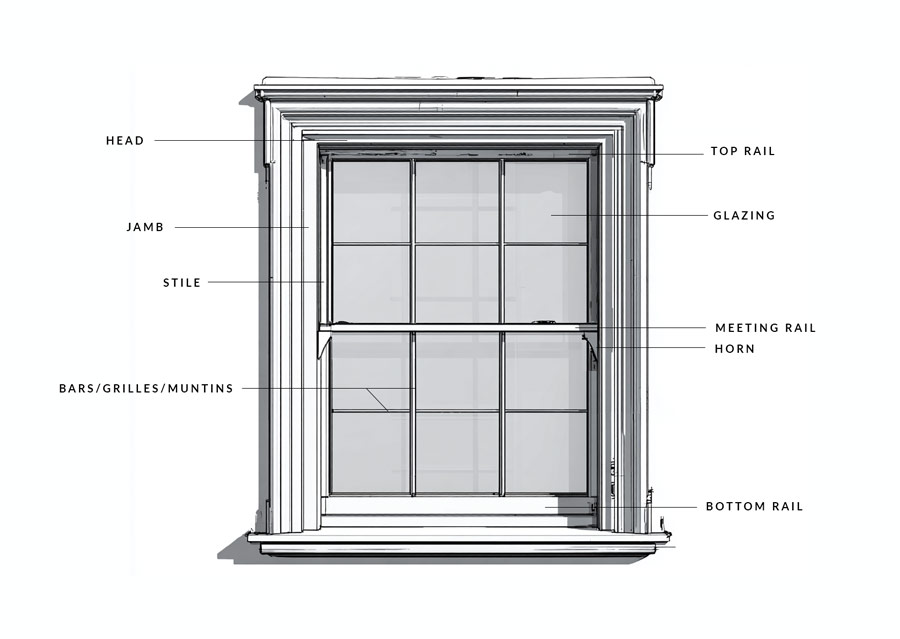
The Basics: What Is a Sash Window?
A sash window is made up of one or more sashes, framed panes of glass that slide vertically within the main frame. Instead of swinging outward like casement windows, the panes move up and down within the structure.
The most common type is the double-hung sash window, where both top and bottom sashes move independently. This clever design allows warm air to exit from the top while cooler air enters from below, giving you natural ventilation without losing the window’s character.
Sash Window Parts and Their Names
Below are the key sash window parts every homeowner, carpenter, or restorer should know. These make up the core sash window timber parts that define the look and function of traditional windows.
1. Frame
The frame forms the outer structure that houses the moving sashes. It includes the head, sill, and jambs (side pieces). Inside the frame, you’ll often find hollow sections that conceal the counterweights, an essential part of the traditional sash window mechanism.
Older sash frames are typically made from softwood or hardwood, although modern versions may utilise engineered timber for enhanced stability.
2. Sashes
Each sash is a glazed wooden frame made up of several smaller parts:
- Top rail – the upper horizontal member
- Bottom rail – thicker for added rigidity
- Stiles – the vertical sides of the sash
- Glazing bars – also called astragal bars, which divide the glass into smaller panes
These sash window components work together to hold the glass securely while maintaining that classic multi-pane Georgian or Victorian appearance.
3. Cords, Weights, and Pulleys
This is the heart of the traditional sash window mechanism. Each sash is connected to a cord or chain that runs over a pulley at the top of the frame. The other end is attached to a weight hidden inside the box section.
The weights counterbalance the sashes, allowing them to move effortlessly and stay open at any height. A well-balanced sash system feels almost weightless when lifted.
If you were looking at a sash window diagram, you’d see the cords and pulleys running vertically within the frame’s hidden channels.
Spiral Balance Sash Windows
Not all sash windows use cords and weights. A modern variation is the spiral balance sash window, which replaces the traditional counterweights with a spring-loaded mechanism.
How the Spiral Mechanism Works
Inside the frame, a spiral balance (a slim metal tube containing a coiled spring and spiral rod) supports each sash. As you raise or lower the sash, the spring tension balances its weight. This makes the window easier to install in narrow openings and eliminates the need for the deep box frame used in older designs.
Benefits and Drawbacks
Advantages:
- More compact, ideal for modern homes or refurbishments.
- Easier to maintain with no cords to replace.
- Suitable for heavier double-glazed timber sashes.
Disadvantages:
- Springs lose tension over time and eventually need replacement.
- Slightly less smooth operation than traditional weighted sashes.
- Not authentic for period restoration projects.
Both systems, the traditional pulley style and the spiral balance version, have their place. For listed or heritage properties, carpenters generally adhere to the classic design to match the original sash window parts, names, and structure.
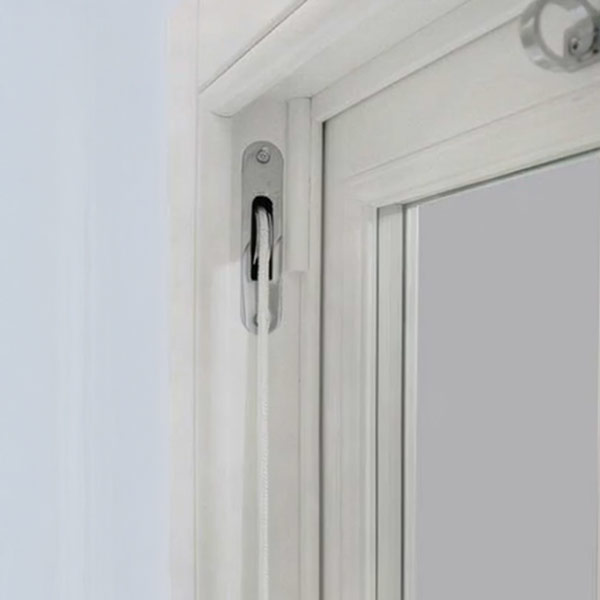
pulley and sash chord
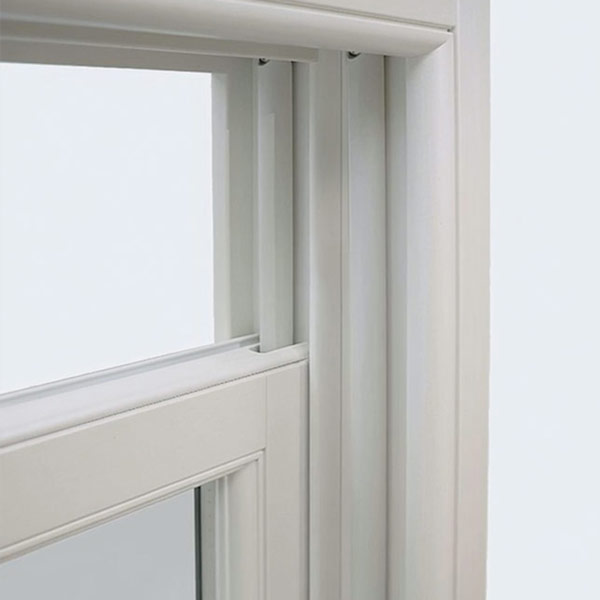
spiral sash window balances
Other Important Sash Window Components
Parting Bead and Staff Bead
These slim wooden strips guide the movement of the sashes and seal the edges.- The parting bead separates the inner and outer sashes.
- The staff bead fits inside the frame and holds the inner sash securely in place.
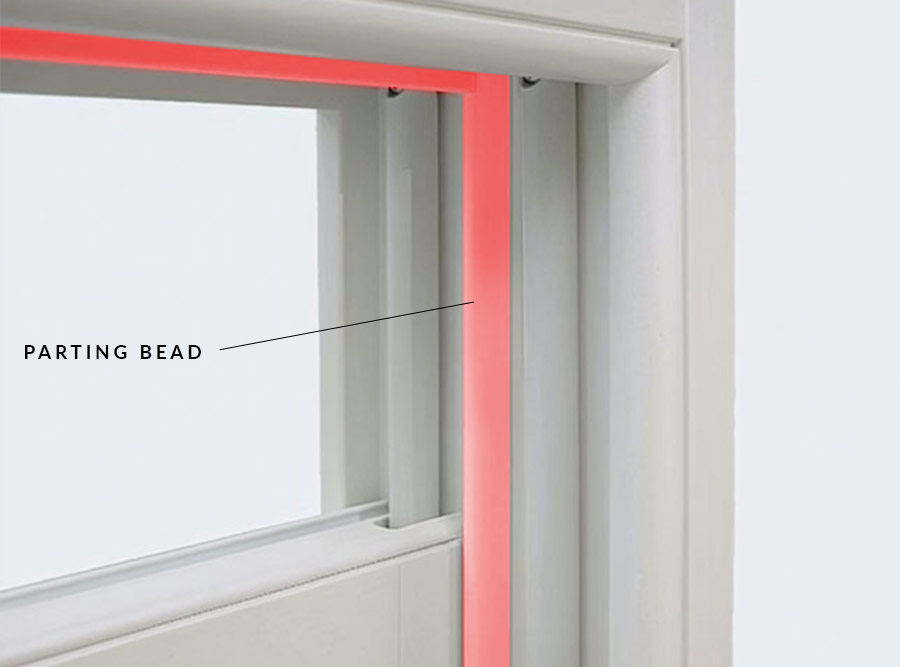
Sill and Drip Bead
The sill forms the angled base of the frame, allowing rainwater to drain away. A drip bead or weather bar adds an extra layer of protection, diverting water from the joints and helping prevent rot in timber frames.Getting Technical: Joinery and Design
From a joinery perspective, sash windows are an exercise in precision. The proportions follow the rule of thirds, giving them a pleasing balance. Traditional construction uses mortise and tenon joints, often pegged rather than screwed. This allows the wood to expand and contract naturally without weakening over time. When restoring historic windows, replicating the original sash window timber parts, mouldings, glazing bars, and rail profiles is vital. Even the smallest variation can affect how light hits the glass and how the window appears from outside.Common Problems and Maintenance Tips
Even well-built sash windows need care. Common issues include:- Broken cords or springs – leading to unbalanced sashes
- Swollen timber – caused by moisture or thick paint layers
- Rotting sills – which can be repaired by splicing in new sections
- Draughts – fixable with brush seals or new beads


